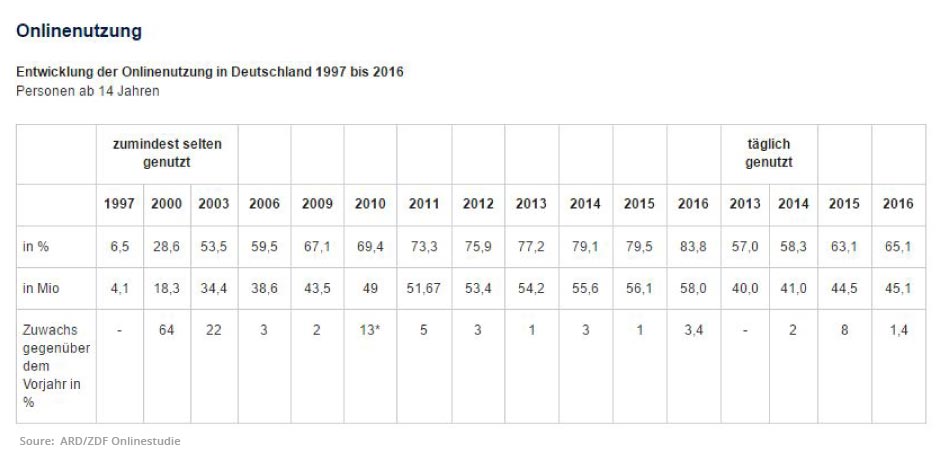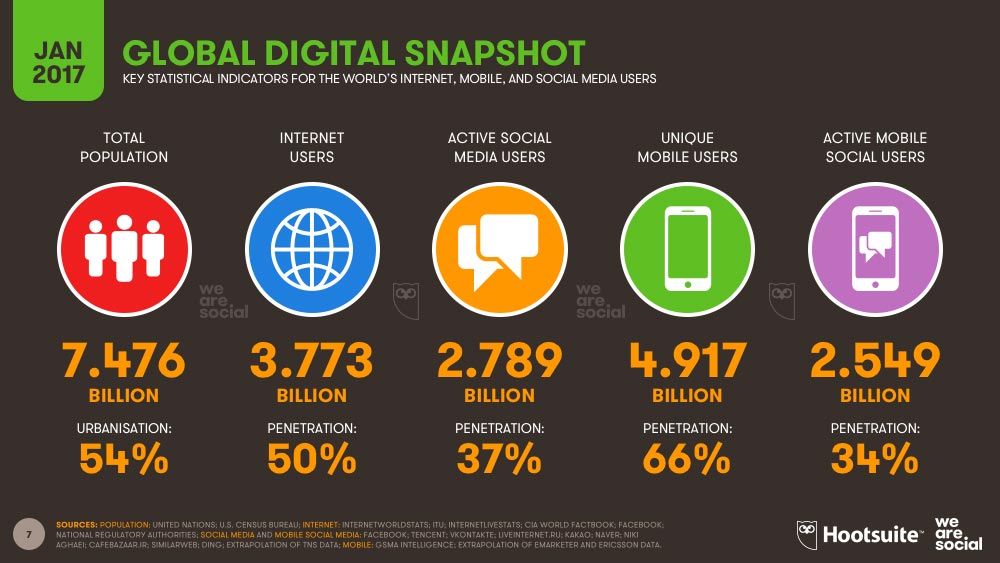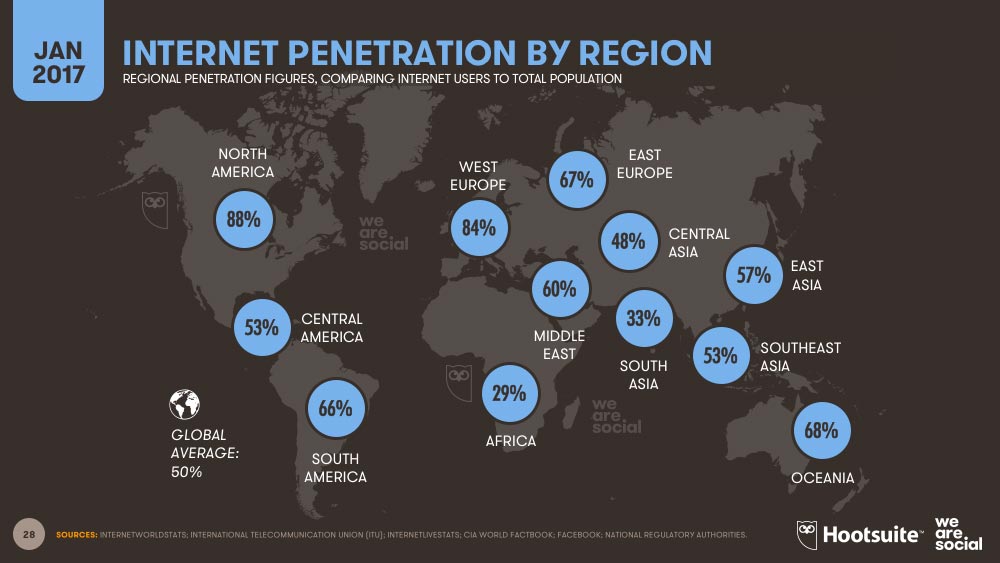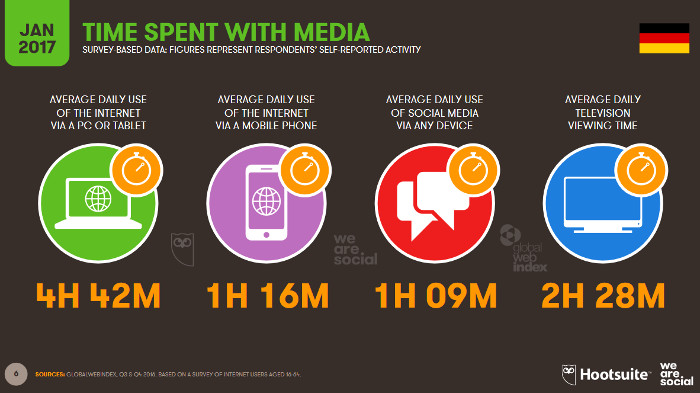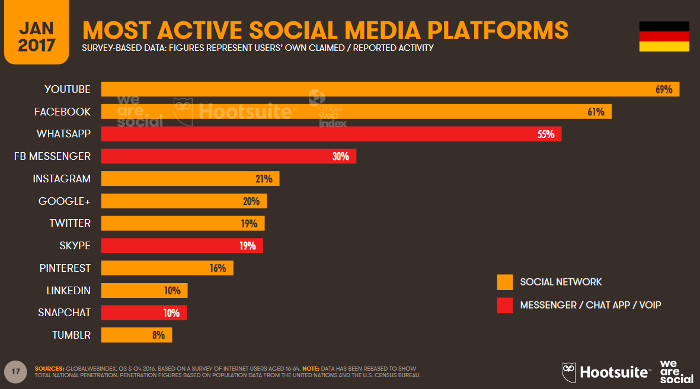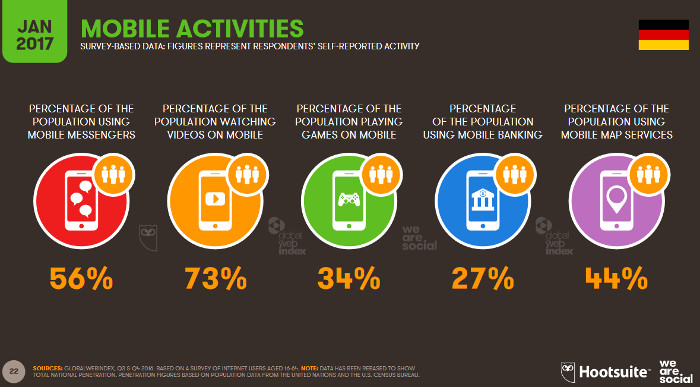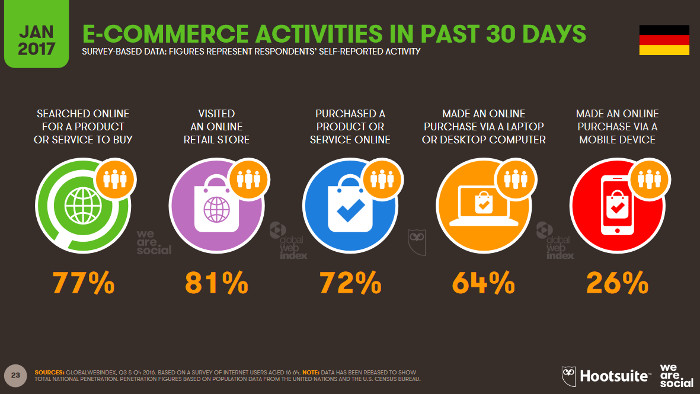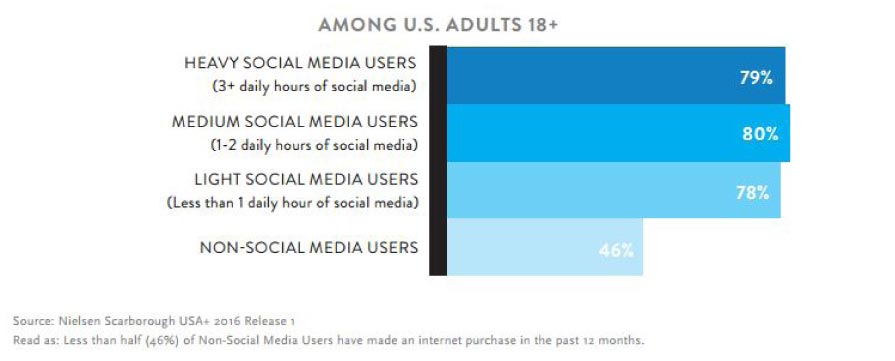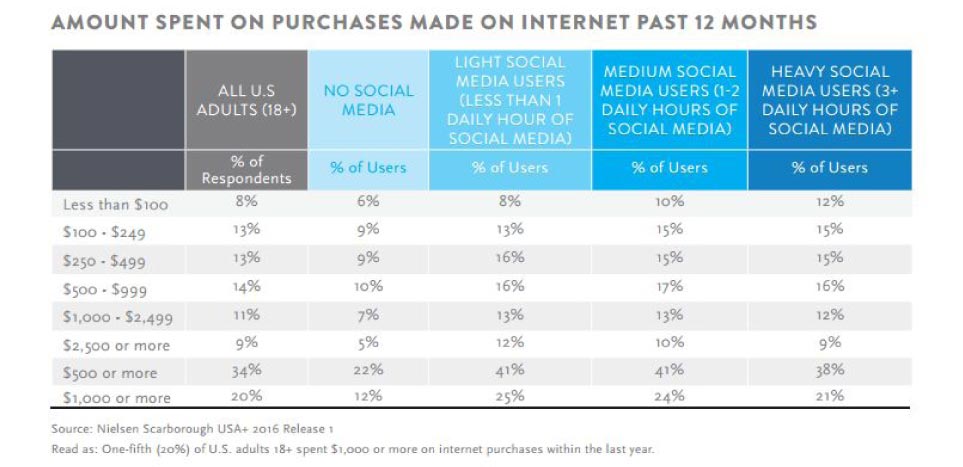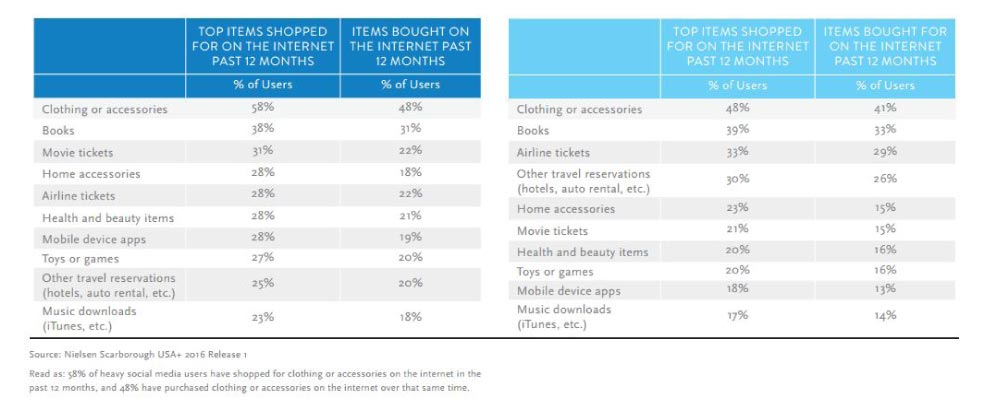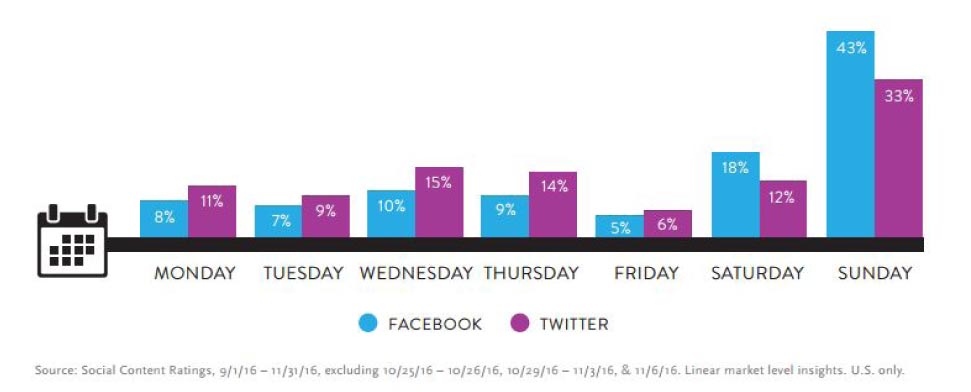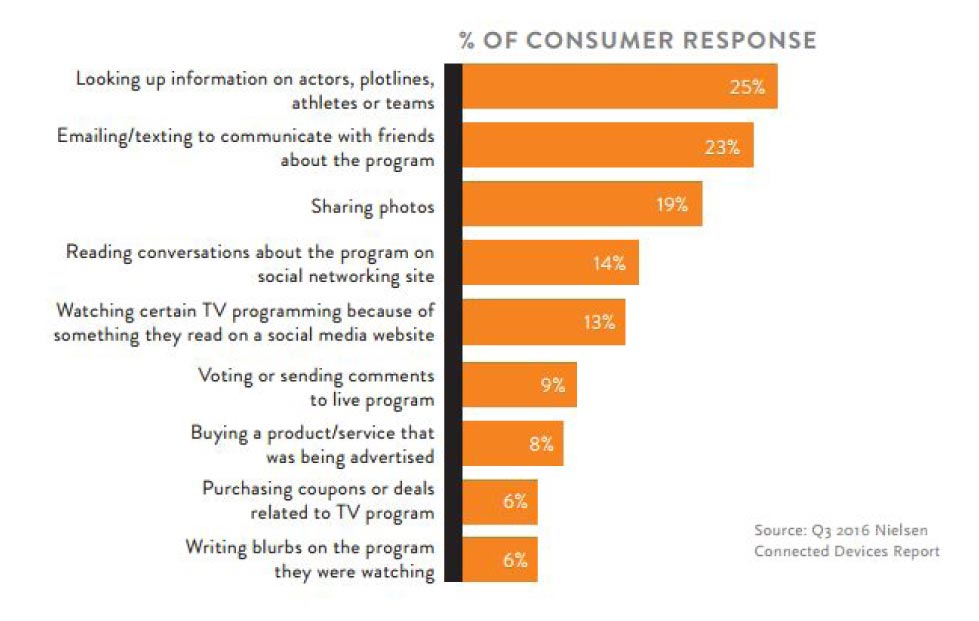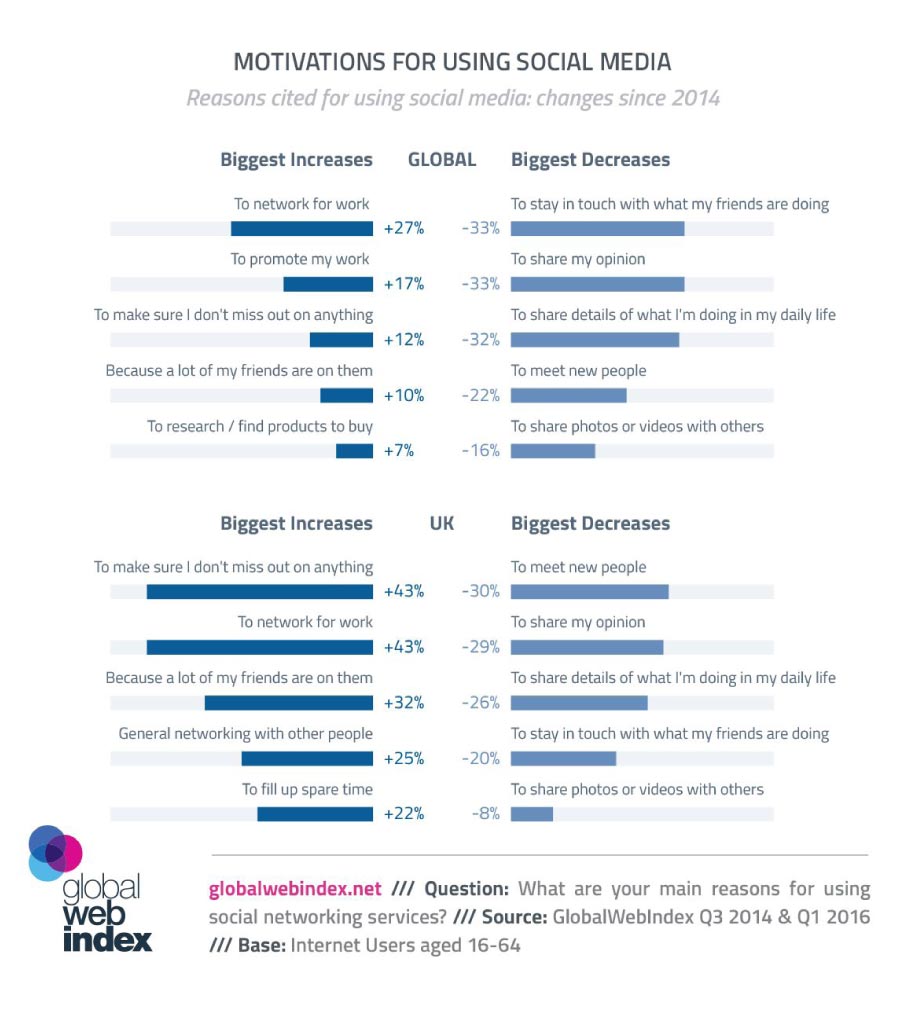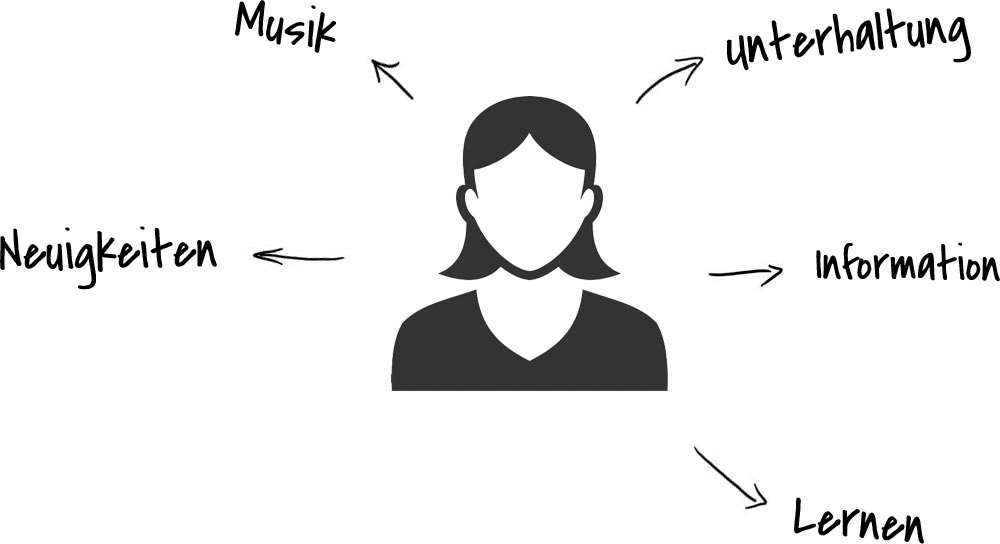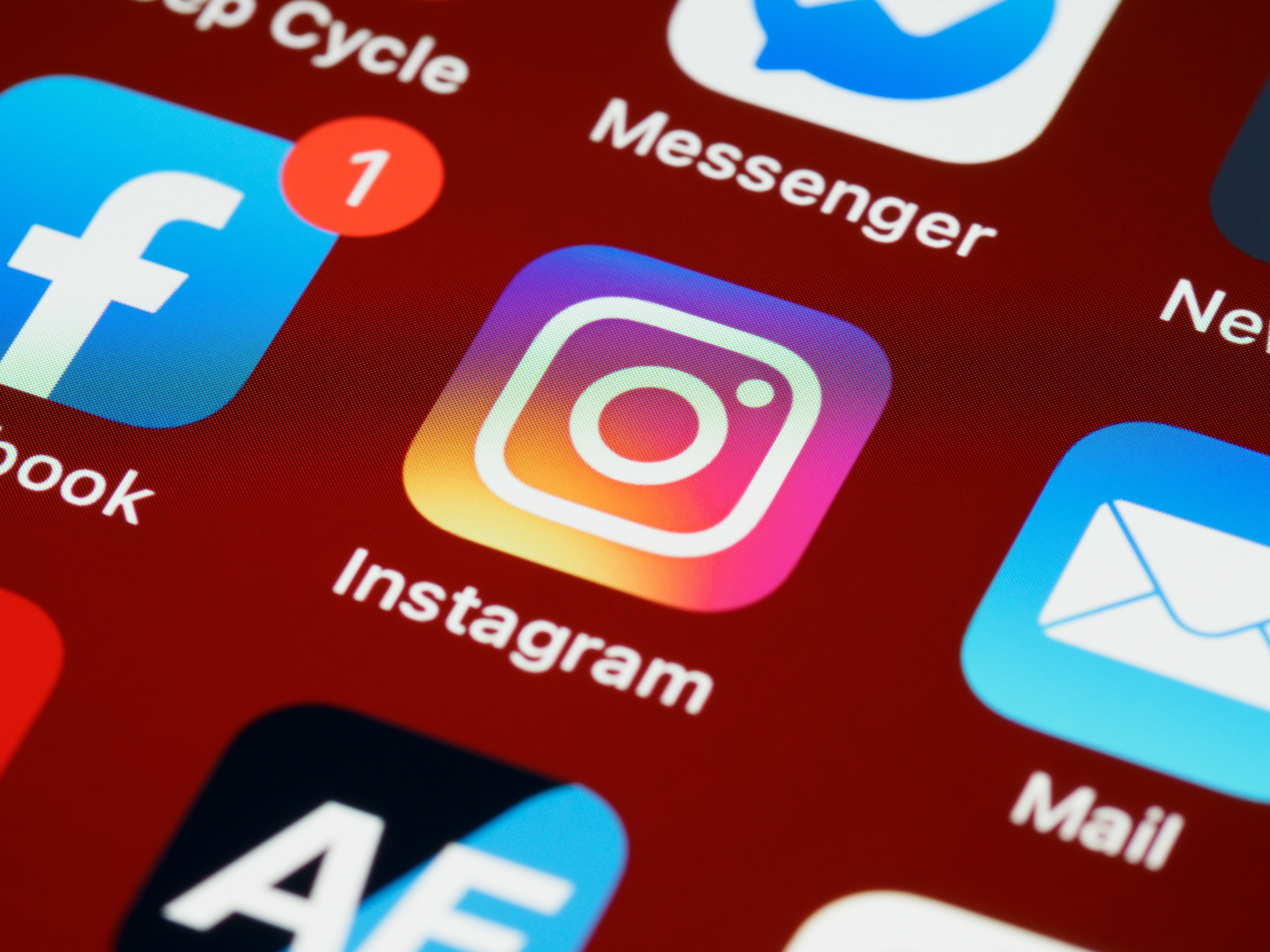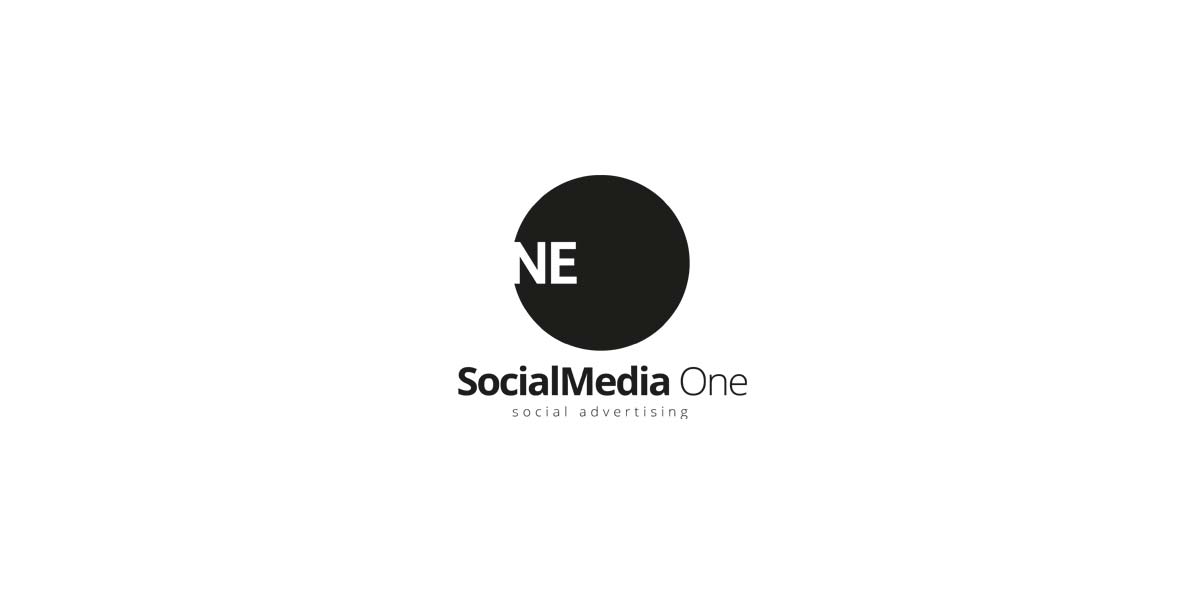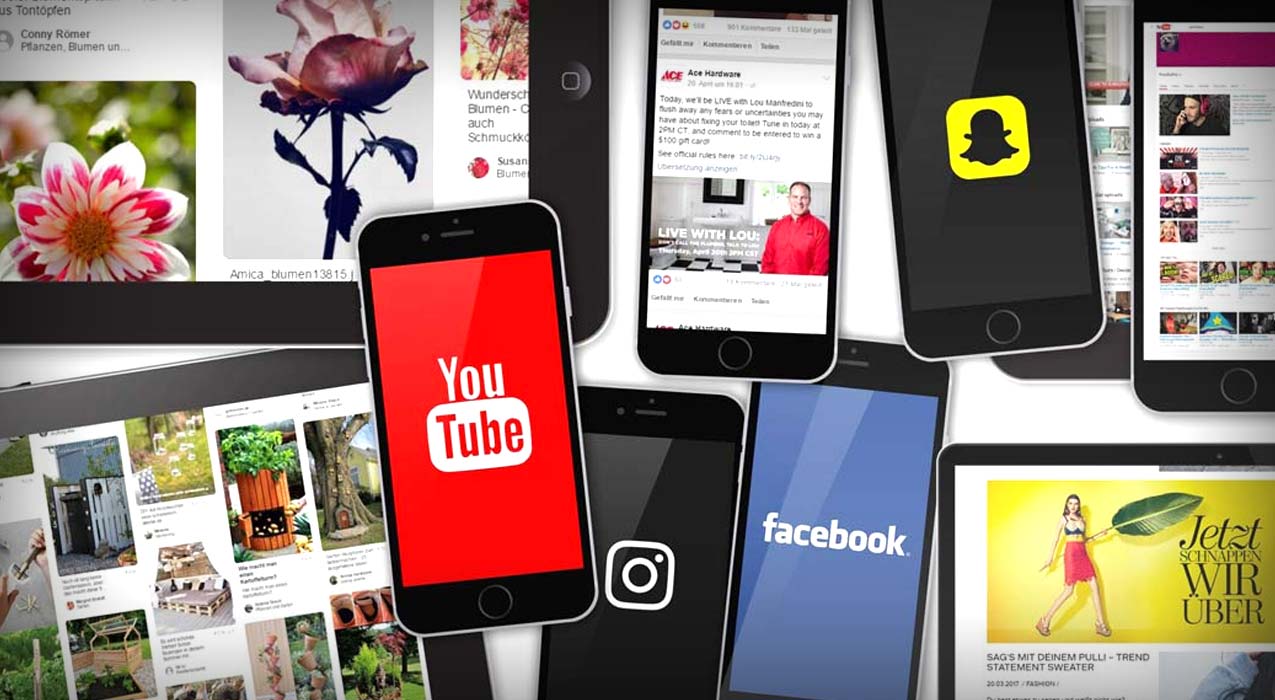The development of social networks worldwide: History and future
As Social Media Agency you need the Internet, like the air to breathe. Did you know that the Internet was created very close to us? At that time it was a project at the CERN research centre in Switzerland. In principle quite simple: Hyperlinks link content. The system was quickly deployed by the U.S. Army and was intended for data exchange at the time. At some point the protocol became freely accessible and since then people have benefited from the incredible flow of information and the speed possible with the new digital networks.
First Communities and Data Transfers from User Groups
Not even 20 years old, the World Wide Web launched its first data transfers. Even then, there were communities, or rather limited user circles, that had shared data access. So it was only a matter of time before the possibilities of these individual, small communities would expand considerably. The first serious precursors at that time came with portals such as MySpace or even social networks that were not direct, i.e. file-sharing sites such as Napster. On both platforms the users connect and can exchange data with each other. While programs such as Napster were suitable for exchanging music, for example, networks such as MySpace were early committed to communication and the exchange of messages between users. However, between these two phases there were already forms of communities, e.g. forums.
Forums and pioneers like Ebay
Many think that the social activities on the web only started with Facebook and Co. Online shops and forums were the first pioneers of social exchange. They were the pioneers of social communities and for the first time enabled social exchange in digital form. In the form of comments, recommendations, questions and answers, users around the world can communicate and network with each other. Forums serve the simple purpose of allowing users to ask questions or discuss specific topics. Others then participate and comment, answer or ask further questions. Through the use of forums, the web has changed. Online shopping platforms such as Ebay also offered initial commentary functions so that users could exchange experiences with products. We call this change Web 2.0.
The Web 2.0: Communication after the Millennium
In Web 1.0 we were still talking about pure data exchange, i.e. a certain provider releases a file and other users can download it. In Web 2.0, this classic communication model fluctuates for the first time. The simple possibilities of different systems and platforms, no matter whether it is a blog system WordPress or social networks such as Facebook and Twitter, has made communication much easier. Today, everyone has access to digital life and can become a sender of information themselves. Many people take advantage of this opportunity. Self-portrayal has also become a great “value” on the Internet. Especially on young social platforms like Instagram, young people give away a lot of their lives.
Success on the Net: From Large Media Publishers to Bloggers
In the past, sending information required large media companies with sufficient investment capital. Whether it was a newspaper that was distributed nationwide or a radio station that needed broadcast frequencies and a lot of technology and personnel. Only for the maintenance of the current operation. Today, young Bloggers dominate the Internet. 17 year olds or 19 year olds who already reach millions of people with just one posting. While TV productions have to make an effort, big teams drive up and elaborate productions, you only need a smartphone and a smile. Both reach the same number of people, but with absolutely different investments. The bloggers even have another advantage, their fans are absolutely involved! For their fans, bloggers are idols. Simple advertising must always convince, they have already convinced.
Fans of today are the elite of the future
You can see how the world of marketing and marketing has changed. Due to the revolution in the transmitter-receiver model, there are countless new forms of marketing today. Likewise, the powers have changed. Bloggers exert great influence on the thoughts of their fans. They are still all young but in 10 or 20 years, their young fans are the forests of the future and the people who will decide where our world will go.
Social networks have revolutionized the whole world
Due to the entire globalization and the networking of the world, there is today hardly any demarcation between individual cities, regions or countries. The transitions are largely fluid and so the revolutionary changes brought about by social networks are changing not only individual countries but entire continents. In Germany, too, social networks have changed a lot. People today can communicate in any situation, with their friends or with their family. Keeping distances and locations bound no longer plays a special role through messenger services. On holiday, on a business trip or away from home. Today you can not only exchange text but also photos or videos. Even whole 360° views or even slow motion videos of special moments are possible.
Start ups and giants: The differentiation of networks
Everyone carries their photo album with them at all times. Memories, friends and future events planned in social networks. The entire life is increasingly organized around the platforms and portals. Small businesses become big companies and real giants. Others disappear.
The first and only large German network: StudiVZ
Do you still know studiVZ? StudiVZ was the first large social network programmed in Germany. Of course, it was only a copy of an American system, but we were the first to get a large, relevant number of users enthusiastic about it. This is why studiVZ was taken over by the Holtzbrinck Group only a short time later. According to Spiegel information, StudyVZ was purchased for up to 100 million.
Facebook and Google become online giants
At the same time, of course, Facebook came up in Germany. Facebook was the most popular social network in Germany and Facebook still is. Founder Mark Zuckerberg has managed to establish a worldwide phenomenon with his network. More than twenty million people are registered in Germany. In addition there are hundreds of thousands of groups and fanpages. Facebook has thus registered almost half of all German Internet users with itself. That of course gives the company an incredible mark makes. Away from Facebook, there’s YouTube. YouTube has as many users, but does not offer the same communication and exchange possibilities. YouTube as a video streaming platform is not intended for the personal and emotional exchange of information. Nevertheless, it is as big as Facebook and has the absolute supremacy in the field of video streaming in Germany and worldwide.
Facebook and YouTube revolutionize the world
Nowadays, it is no longer just private individuals who use social networks for communication or further training. Also in companies, the simple and direct communication of the social networks is popular. Employees use Facebook for coordination and internal communication as well as for data transfer. Department heads and bosses let new employees learn software and products through video tutorials on YouTube. The billions of videos offer companies incredible know-how that their employees can acquire. In the past, a specialist would have been needed for every single topic, but today the graphic designer can quickly watch a video coaching on the subject Adobe Premiere Pro or on content management systems (CMS), so that the company can manage its own website without the help of an advertising agency.
The first Youtube video of the founder himself
Segment networks: Twitter, Pinterest, Snapchat, Tumblr, etc.
In addition to the large social networks, there are of course also a large number of smaller networks that more or less survive. There are various representatives here, from larger networks such as Twitter, which has its justification primarily through politics and American celebrities, to smaller ones such as ask.fm or Tumblr. You only have a small user group, but this is relatively special. For example, if we take a look at Twitter, the network is mainly used by politicians for extremely short statements. Politics is a very complex field and the short message service Twitter only allows messages 140 lines. This makes it very easy for voters to summarize complex content. Journalists like to record these tweets and include them in their reporting. While Twitter has little relevance for the normal social media user, it is still attracting attention in some circles. Likewise it is with Pinterest, this network mainly use creative, fashion designers or even photographers. Here you can get inspiration for your photo shootings and your next advertising campaigns. Instead of text, the network relies primarily on photographic material, which is constantly updated in its own timeline.
Social networks in the future
Localization: location determination of girlfriend and persons within a radius
A current trend that many social networks are concerned with is the constant localization of people. There are already new social networks that rely solely on seeing friends on a map. This not only gives you an overview of what someone is doing, e.g. by updating the status, you can even see directly where the person is. So you can quickly merge individual groups to e.g. start calls. Localization has long been built into the various applications. Many users, however, have prejudices, the constant location of their own location and the constant sending of this to friends and other users in social network, worries them.
Also the German data security makes the social networks in relation to the localization again and again a line through the calculation. Currently, most social networks offer short-term localization. So you can share your location on Facebook with selected friends for 60 minutes.
What is the benefit of localization?
A simple example would be a meeting in the evening. Several colleagues go home and arrange to meet in the city centre. Shortly before, a colleague from outside sends a location when he starts running. The others meet and can always see where the person is. Not only do you have an approximate estimate of how long it will take, your own announcements are always somewhat inaccurate, you can also help the person find the right place. Of course such ‘espionage’ features are also interesting for couples or for parents who want to know where their children are.
We all know e-commerce. Although the industry has only been around for 20 years, it already feels like classic commerce when you consider the new possibilities of social commerce. E-commerce always offers a barrier for all visitors, the shop is strange, the recommendation of a third person, who is unknown to me as a user personally. But when products are promoted via social networks, there is often a recommendation from a friend behind it. This is why e-commerce in the area of social media is absolutely promising for the future.
Let’s just look at a small example. We have a certain fitness product that has been liked by a total of five thousand people. Four of these people are my friends and they recommend the product. If I, as a potential consumer and customer, go for the product now, I will immediately see that four of my friends like the product. The purchase decision is thereby relieved to me in certain parts, since I trust the recommendation of my friends very much. I also trust the recommendation of people I value. These include influencers and bloggers, as mentioned earlier, who are regarded as idols by many followers in the social media.
Social commerce is making its first steps and its first beginnings. Bloggers have their own shops, even on Facebook fanpages there are small integrated shops where users can get information directly from Facebook instead of switching to their own online shop with a click.
Permanent networking and swarm intelligence: We know everything about you
In addition to the localization of people and social commerce, the even more extreme networking and constant activity is part of the future of social networks. No matter if we are talking about Wearables, e.g. sports watches or Smart Watches, as well as mobile phones, loudspeakers that listen to us and answer us all the time, or cars, the brakes before we do it and communicate directly with each other in case of an accident. We are constantly surrounded by electronics and data is constantly being sent. This constant updating of information related to individuals allows social networks to make optimal use of it to improve their own performance. For example, Google is now actively asking about the experience of being at a particular location. When we visit a café like this, our mobile phone automatically asks us if it was full. For the user this does not make sense at first. However, this allows Google to optimize its results and to predict the approximate number of people in the coffee at a certain point in time already in the search queries.
This swarm intelligence will further revolutionize social media and related offerings, as well as search engines. In general, this is another future trend.
From garage to large corporations to cartels?
Have you ever seen how many companies Facebook has founded and how many startups Facebook has bought? Do you actually know the corporate structure of Google with individual innovations and new companies? The industry giant Google alone unites several billion users every day with its search engine and video platform YouTube. Google Inc. also conducts research into self-propelled cars, gives companies the opportunity to use a complete office package, invests in cloud software and huge data stores. It’s the same with Facebook, from personalization to technical innovations, the American company of founder Mark Zuckerberg invests in various areas. They all complement each other and lead to common new solutions, such as the example from demand to evaluation of the café.
Social networks have a great future
People love social networks and since their inception, not only have there been hundreds of millions more users each year, but the different providers also differentiate themselves, as do the social networks. Instead of having one or two large networks as before, the networks are separating more and more. We have Facebook for the personal information and emotions, there is Snapchat that allows you to be constantly “live” there. Instagram gives insights into the most beautiful moments of the day, Tumblr shows his latest creative works. Twitter allows politicians to give short statements and journalists to research quickly. YouTube gives people worldwide the opportunity to see news, receive critical information and learn new things through video tutorials and online courses. On Pinterest you can get inspiration and plan your next shopping trip. At the same time there are Foursquare’s best places in a city and Messenger services like WhatsApp that allow constant communication with our friends, alone or in groups. And these are just a few of the networks that are currently popular.
Social Media Basics for Agencies and Managers
What exactly are we dealing with? To enable you to answer these questions in advance, we will explain step by step what is important in social media marketing. If you want to book us as a speaker for your next employee training or the next Online Marketing Congress as a speaker, read more about Social Media Speaker here.
Social networks are independent spaces:
- You are networked with other offers (cross-media, multimedia)
- No second website but demand independent content
- Contents with added value ensure interaction, because social networks live from communication and interaction
- Bring demonstrable successes and sales
- Reach target groups extremely accurate
Social media is relevant to:
- Branding and image building
- Recruiting and branding
- Contact with the media, opinion leaders, multipliers and others
- Marketing and sales
- Development of new target groups
- Product development or further development
Before we start, let’s take a look at some of the findings of Hootsuite / We Are Social 2017. The cooperation publishes new reports on global social media behaviour as well as for individual countries. First of all, we wanted to draw your attention to three points:
- Youtube and Facebook are the market leaders in Germany
- Search for information starts on the Internet
- E-Commerce is now standard for companies
Source © We Are Social / Hoot Suite / global web index
Development of online use in Germany from 1997 to 2016
Persons from 14 years
source © ARD online study 1997, ARD/ZDF online studies 2000-2015
Is the growth continuing? Yes!
- Today 83.8% of persons aged 14 and over, 56.1 million
- 10 years ago 59.5%, 38.6 million
- 20 years ago 6.5%, 4.1 million
- Jump 2015, 2016 with 3.4%
Use of media worldwide: The Internet conquers the entire world
Here you can see that half of the world’s population is online. This creates great new opportunities for companies in online marketing.
Of course, the use is distributed differently all over the world. America and Europe are far ahead in digital networking.
Media usage times
January 2017
Source © We Are Social / Hoot Suite / global web index
They used to say, “You watch too much TV!” Today we look 4 times as often at screens. We spend a total of 9.5 hours in front of terminals. In the morning at breakfast, in the subway, then at work, later with friends and also falling asleep. Now there are also smartwatches, the constant presence of small monitors on one’s own body.
- We spend almost 5 hours on average on the PC
- More than one hour on smartphone
- We chat about one hour a day
- To this must be added 2.5 hours in front of the television
[shortcode variable slug=”adsense”]
Use by age groups: Social Media Report 2016 / Nielsen
This is supplemented by a study by Nielsen, which looks at the total weekly usage time of the media in 2016. The users were divided into 3 groups.
- 18-34 years (Millennials)
- 35-49 years (Generation X)
- Over 50 years (Baby Boomers)
The result was astonishing, even for us as an agency. Speaking to the New York Times, Sean Casey, president of Nielsen Social, said he was surprised by the results: “Social media and millennials have so far been like synonyms. But he notices that the smartphone has also become a matter of course for his age group, Generation X.”
- 35-49 years: 31 hours 40 minutes, 7 hours of which in social networks
- 18-34 years: 26 hours 49 minutes, 6.5 hours of which in social media
- 50 years: 20 hours 22 minutes, 4 hours of which in social media
- Average 25 hours (7 minutes) each week and of which 5.5 hours on social networks
Interaction and user activities
January 2017
Source © We Are Social / Hoot Suite / global web index
Mobile is interacted almost as often as on a classic PC / notebook.
Platforms / DE
January 2017
Source © We Are Social / Hoot Suite / global web index
Social networks and messengers in Germany
# Messenger, Chat App, Voip #
- Youtube: 69%
- Facebook: 61%
- Whatsapp*: 55%
- Facebook Messenger*: 39%
- Instagram: 21%
- Google+: 20%
- Twitter: 19%
- Skype*: 19%
- Pinterest: 16%
- LinkedIn: 10%
- Snapchat*: 10%
- Tumblr: 8%
Mobile activities
January 2017
Source © We Are Social / Hoot Suite / global web index
Activities Mobile in Germany
- Videos: 73%
- Messenger, Communication: 56%
- Card Services: 44%
- Gaming: 34%
- Banking transactions: 27%
E-Commerce
January 2017
Source © We Are Social / Hoot Suite / global web index
Relevant figures in e-commerce
- 81% visited shops also online
- 77% are looking for products to buy them
- 72% bought digital
- 64% of them on the desktop, 26% also Mobile
Heavy User / Light User
USA 2016
Source © Nielsen Scarborough USA+ 2016, Release 1
Digital selling volume
USA 2016
Source © Nielsen Scarborough USA+ 2016, Release 1
How are the expenses distributed between the individual user groups?
- Over 50% of online users have spent more than $500 on digital purchases.
- 20% even more than 1.000 $
- Light users are more willing to buy than heavy users (retargeting)
Purchases by product groups
USA 2016
Source © Nielsen Scarborough USA+ 2016, Release 1
Users make the most frequent purchases for the following products.
- Clothing, accessories: 58%
- Books: 38%
- Films, Cinema: 31%
- Furnishings, accessories: 28%
- Flight tickets: 28%
- Health, Beauty: 28%
- Apps: 28%
- Games, toys: 27%
- Travel (without flights): 25%
- Music: 23%
- Clothing, Accessories: 48%
- Books: 39%
- Flight tickets: 33%
- Travel (without flights): 30%
- Furnishings, Accessories: 23%
- Films, Cinema: 21%
- Health, beauty: 20%
- Toys, games: 20%
- Apps: 18%
- Music: 17%
Interaction after days
USA 2016
Source © Nielsen Scarborough USA+ 2016, Release 1
Use Mobile
USA 2016
This is what users do (mobile):
Source © Nielsen Scarborough USA+ 2016, Release 1
Change of use
USA 2016
source: global web index
Social Media recommendations
We regard these points as relevant
- Reaching target groups > Network expansion
- Snack Content > Photo / Video Production
- Communication Management > Questions & Answers
- Retargeting > Advertising
- Linkaufbau > Trend Blog
Facebook: Statistics and recommendations
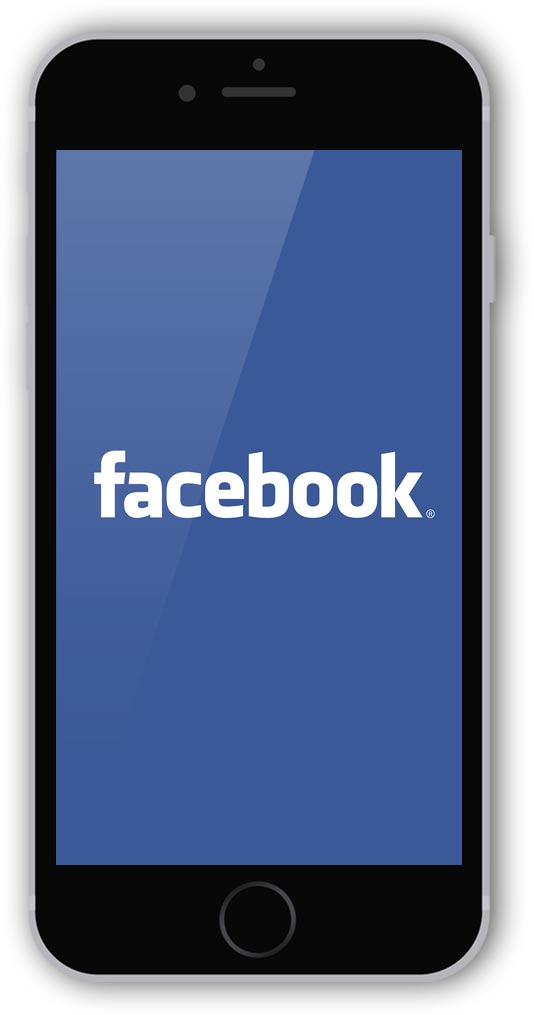 Use
Use
Source: Facebook Company Info & Mark Zuckerberg
- 26 million users in Germany
- Worldwide 1.9 billion users
- 1 billion uses the FB Messenger
- Target group: all age groups (14 – 65+)
- 60 % of users access the site up to 8 times a day
- 1.6 billion Likes a day (2014)
- 60 million pictures and photos (2014)
Recommendations
- Channel Designs for cover picture and profile picture
- Templates for postings, photos and VIdeos
- Retargeting
- Photos
- No hashtags > direct links to the shop
- Facebook tabs and functions such as Youtube integrate (later also content and shop possible), the contents are directly accessible via FB
- Posting Frequency
- Sales tricks
[shortcode variable slug=”adsense”]
Youtube: Statistical data and recommendations for video marketing
Utilisation
2016
- 8 million users in Germany
- Target group: 10 – 60 years
- 92% of all adolescents and 70% of 30-44 year olds, are regularly on Youtube
Referral
- Advertising spots
- Influencer Marketing
- Tips and recommendations from employees
- Backstage at the shooting, etc.
- Presentation of companies and tradition
- Craft, production, technical details and quality
Instagram: Use and statistics
Utilisation
source: Instagram Business
- 9.8 million users in Germany
- Worldwide 600 million users
- 1 million Advertisers
- Target group: 16 – 29 years
- 83% of users are under 35, 60% under 25
- 36% of all Germans between 16-29 are registered
- 4.3 billion Likes a day
- 98 million images
Referral
- Reach new target groups
- We post daily to Instagram, 1-2x
- Trend Keywords
- Planned content
- Connection with other channels
- Software
Utilisation
- 3 million users in Germany
- 100 million users worldwide
- Target group: 16 – 34 years, 80% female users
Referral
- Link assembly
- Inspiration (for equipment and similar fields)
Twitter: The Media Network
Utilisation
Source: Twitter Company
- 12 million users in Germany, only 3-5 million users have an account
- 321 million active users worldwide
- Target group: 25 – 44 years
- 500 million tweets daily
- 80% use Twitter mobile
Referral
- Easy + Fast handling and advance planning
- Source for media and journalists
Snapchat: Inspiring young people
Utilisation
Source: Snap me if you can
- 9 million users in Germany
- 100 million users worldwide
- 6 billion snaps are available every day
Snack Content Production for High Interaction Rates
Content is produced so easily and quickly
- Regular Stock Shooting
- Own, fresh image material for social media + short e video clips
- Team: Photographer, 1/2 Model/s, Visa, On Location (Stores) and Studio in Mix
- Content in simple form
Agency services and expertise for consulting and management
- Social Media Keynote Speaker
- Social Media Marketing Concept
- Content strategy and planning, basis: target group analysis
- Multi-channel management and channel setup
- Campaigns, channel and fanpage design
- Facebook Ads (partner agency)
- PR and the public (communication concept)
- Design Workshops
- …
Summary
- First Communities and Data Transfers from User Groups
- Forums and pioneers like Ebay
- The Web 2.0: Communication after the Millennium
- Success on the Net: From Large Media Publishing House to Blogger
- Fans of today are the elite of the future
- Social networks have revolutionized the whole world
- Start ups and giants: The differentiation of networks
- Facebook and YouTube revolutionize the world
- Social networks in the future
- Localization: Positioning
- Social Commerce: Referral buying in social networks
- Permanent networking and swarm intelligence
- From garage to large corporations to cartels?


